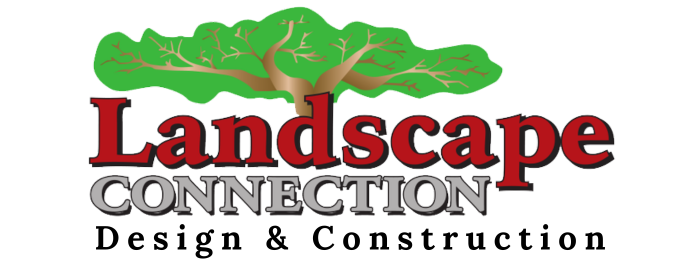Now You Can Have The Landscape Lighting Of Your Dreams – LED’s Are More Efficient Than Ever
Today I would like to talk a little bit about low voltage outdoor lighting. Over the last 30 years, I’ve had a passion and interest to learn about low-voltage landscape lighting. I have attended many lighting seminars, and studied the art of lighting design. One thing I knew from the beginning is, well lit properties in the Denver metro area are few and far between. At my own residence, I have over 130 light fixtures and I’m always tinkering and experimenting with new ways to illuminate the various features on my property: Patio, Gazebo, Trellis, Deck, Patio, Pizza oven, Grill, Water Feature, Sculptures, Trees, Shrubs, and Flowers.
When LED lighting came out 10 years ago, I became involved in researching its applications for landscaping. What I found was that few things have ever come as close to perfect as this efficient, low-voltage LED lighting solution.
Let me explain. . .
With a traditional low-voltage lighting system, you are limited by many factors:
- How large your transformer is
- The length of cable run’s
- The size of cabling
- The number of fixtures on each circuit
- The size of the light bulbs
Most lighting systems that I have worked with have an issue with one or more of the above items. Typically I’ll find that most people can enhance their lighting system and double the number of fixtures while offering 50-85% energy savings and a bulb life of 30,000-50,000 hours by installing retrofit LED bulbs that will burn brighter and with greater color rendition.
Sound too good to be true? Well, it almost is!
The history of LED bulbs is an interesting one. Thomas Edison’s incandescent bulb was one of our major players for over 100 years. It wasn’t changed or improved upon much over that time period and has since, fallen away from consumer production. LED lights hit the market in a big way about 10 years ago. Like Edison’s incandescent bulb, they were not perfect at first. LED lights had poor color rendition, were outrageously expensive, had limited wattage, and limited bulb choices.
Early on, the big companies like Kichler and Hadco were convinced that each fixture would have to have a permanent factory installed bulb. This meant that in order to move to LED you would have to throw away your old fixtures. Well, alot has happened over the last ten years.
New improvements and innovations have occurred every year since the first big go-to-market push. In an almost impossible fashion, CREE, a LED research and development company, increased the lumens per watt to 231, 31 LPW above the theoretical maximum efficiency. This led to a big consumer push for LED bulbs. About 5 years ago, several companies began making LED retrofit bulbs in all types and sizes to meet consumer demands. Every year since then, huge improvements were made to these bulbs to the point where they are cost effective and available for almost any type of fixture.
Circling back to landscape lighting, the scenario for many of us is that we have a lighting system that’s outdated, or was just never very good to start with, and now we wish we could have something better. So, with the cost effective availability of low-voltage LED lighting you can retrofit fixtures and change all the bulbs. Better illumination, better color, and saving you up to 85% on your electrical bill! Furthermore, these bulbs are advertised to last 50,000 hours compared to the 2,000 to 4,000 hours of the traditional incandescent bulb, virtually eliminating the hassle and money on replacements.
Few things in my life have been so obviously beneficial as the LED landscape lighting phenomenon. I’ve enjoyed retrofitting my entire system, adding 30-40 fixtures and never having to worry about a blown fuse, poor quality, or additional cost.

